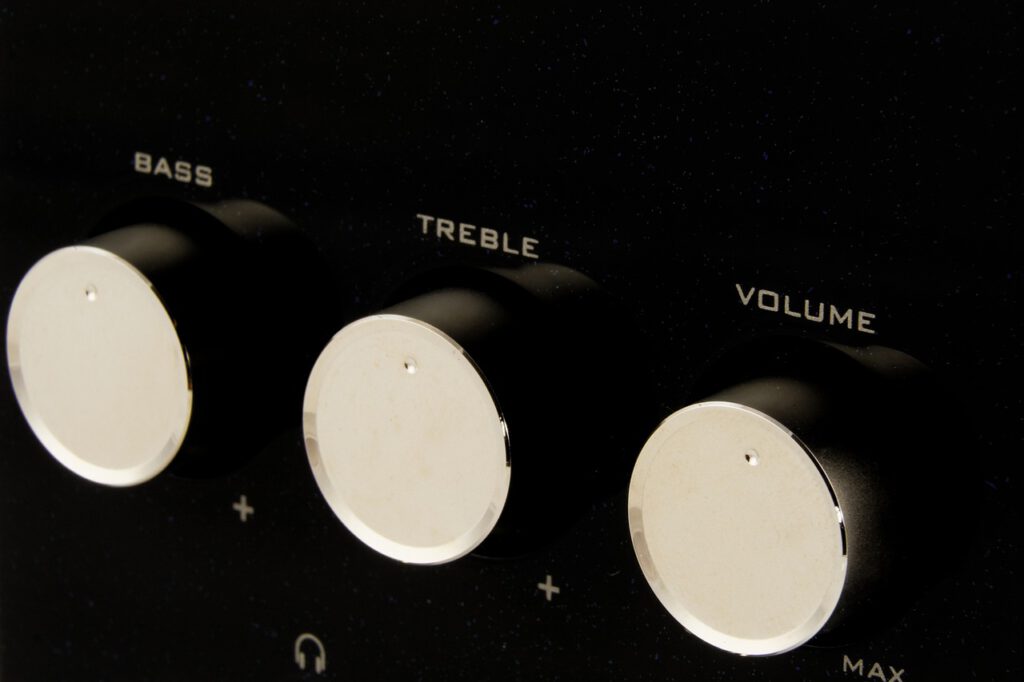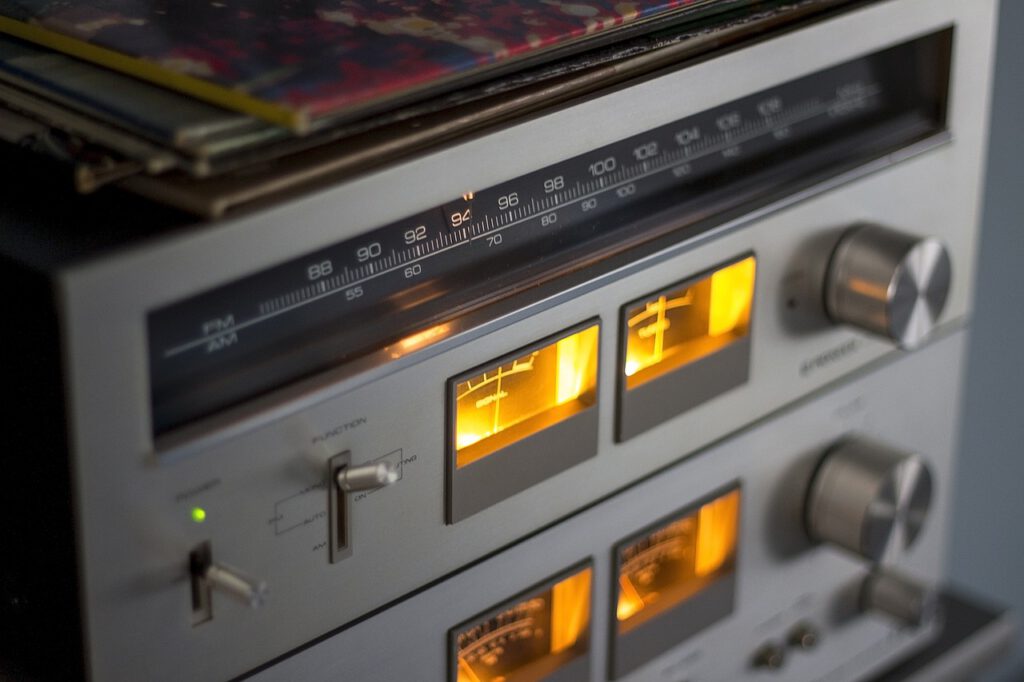
Stereo sound, a term familiar to any audio enthusiast, plays a pivotal role in our auditory experience. But what exactly is stereo sound, and how does it shape the way we perceive music and soundscapes? In this exploration, we unravel the intricacies of stereo sound, delving into its origins, principles, and the immersive world it opens for our ears.
Understanding the Basics
At its core, stereo sound refers to a method of sound reproduction that creates an illusion of multi-directional audio from two or more independent audio channels. Unlike mono, which uses a single channel, stereo employs a left and right channel, providing a sense of space and depth in the audio.
Origins of Stereo Sound
The roots of stereo sound trace back to the early 20th century when innovators sought to replicate the way humans naturally perceive sound in the environment. The breakthrough came with the development of two-channel audio, allowing for distinct signals to be delivered to the left and right ears, mimicking the way we hear in the real world.
Principles of Stereo Imaging
Stereo sound relies on the principle of binaural hearing, leveraging the slight time delay and level differences between our ears to create a sense of directionality. By reproducing these cues through separate channels, stereo systems immerse listeners in a three-dimensional auditory landscape.

Components of a Stereo System
A typical stereo system comprises various components working in harmony. From source devices like CD players or streaming platforms to amplifiers, speakers, and the intricate placement of these elements, each plays a crucial role in delivering a captivating stereo experience.
Speaker Placement for Optimal Stereo
Achieving the full potential of stereo sound involves strategic speaker placement. The interplay between speaker positioning, room acoustics, and the listener’s location contributes to the creation of a sweet spot—a zone where the stereo imaging is most pronounced and immersive.
Evolution of Stereo Sound
As technology advanced, so did the capabilities of stereo sound. From traditional two-channel setups to surround sound systems, the evolution continues with innovations like Dolby Atmos, heightening the immersive quality and expanding the possibilities of spatial audio.
Applications in Music Production
Stereo sound is a cornerstone in music production, influencing how artists and engineers craft sonic landscapes. Understanding stereo imaging, panning, and the placement of instruments allows for the creation of dynamic and engaging audio experiences.
Challenges and Considerations
While stereo sound enhances our listening pleasure, it comes with challenges. Ensuring proper speaker placement, addressing phase issues, and accounting for room acoustics are crucial considerations for an optimal stereo setup.
The Future of Stereo Sound
As technology marches forward, the future of stereo sound holds exciting prospects. With advancements in spatial audio, object-based audio formats, and immersive technologies, the boundaries of stereo are continually expanding, promising even more captivating auditory experiences.
Conclusion
In conclusion, stereo sound is more than a technical concept; it’s an art form that shapes our perception of audio. From its humble beginnings to the sophisticated systems of today, stereo sound remains a key player in delivering rich, immersive, and lifelike auditory experiences. As we navigate the complexities of speaker placement, room acoustics, and evolving technologies, one thing is certain—stereo sound will continue to be a cornerstone in the world of audio, enriching our lives with its captivating sonic dimension.
